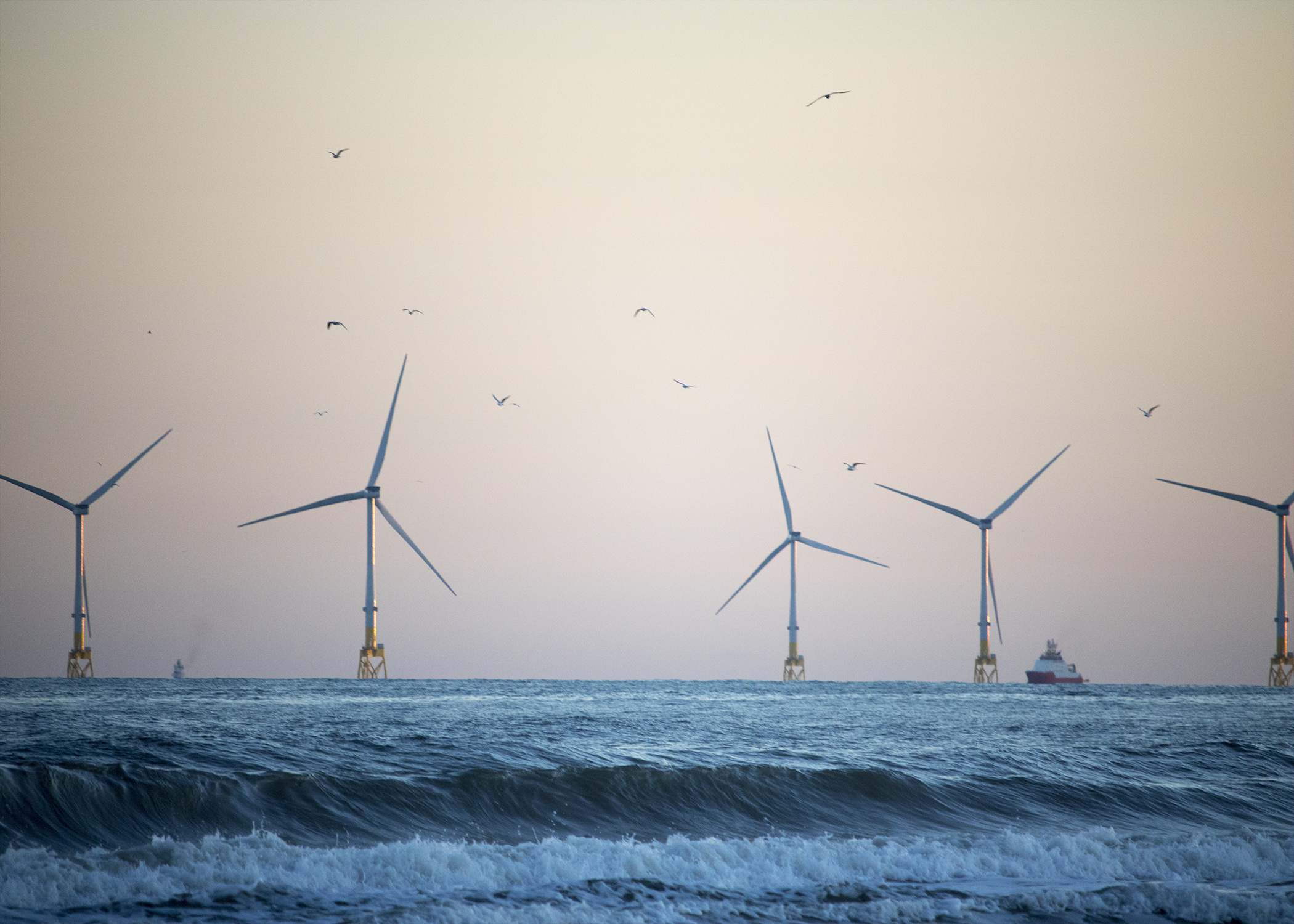
What will COP26 mean for Offshore Wind?
What will COP26 mean for Offshore Wind?
5% and rising…
Coming into 2021, offshore wind accounted for 5% of global wind energy capacity. With COP26 taking place in the UK, a global powerhouse for offshore wind with nearly 10GW of capacity, will this be the climate change conference that gives offshore wind a boost?
Boosterism versus Long Term Strategy
International conferences tend to bring with them a series of announcements. For a climate orientated conference this normally comes in the form of spending announcements and fresh initiatives. In the UK, £160m has been announced for new floating wind projects off Scotland and Wales. Elsewhere in Europe, Sweden has announced plans to waive grid costs for developers specialising in offshore wind. Beyond Europe, it looks like key legislation in Australia is going to be passed allowing the progression of their 2GW Star of the South project. In the US, October saw the Biden administration announce plans around seven major offshore wind farms, covering the East Coast, West Coast and Gulf of Mexico. Whilst some people may dismiss such announcements as boosterism, in fact offshore wind firmly benefits from being part of many countries long term strategies. Offshore wind tends to me a lot of job creation. In the US alone, reaching 30GW of offshore wind could mean 44,000 workers and for 33,000 others in related employment. There are also hugely exciting offshore wind plans underway in Ireland, a hugely untapped offshore wind market.
So far you could argue that offshore wind is taking care of itself regardless of COP26, so far, we have not even discussed China who will be absent from COP26 but are likely to overtake the UK very soon as the largest user of offshore wind. However, it is likely that COP26 will have several impacts for the technology. The first is the omnipresence of discussion around green hydrogen – it is the lynchpin of many countries’ decarbonisation strategies, and it is clear from Europe that offshore wind has firmly allied itself with green hydrogen production. As demand increases, there will be a need to continue to expand offshore wind capacity.
The other trend may be increased interest and publicity for floating wind, both from the host nation and other players in the space such as Portugal, which has been the EUs most successful nation since 2005 in cutting greenhouse gas emissions. Portugal has deployed some of the most successful floating wind projects in the world. Why does floating wind matter? As technology it is a game changer, making it far easier for countries whose coastlines are unsuited for traditional offshore wind turbines. The ability to expand offshore wind becomes significantly larger with floating wind. If COP26 provides a good shop window for the tech, it will be a huge win.
Will the lack of Oil Majors at COP26 hurt Offshore Wind?
One group of stakeholders notable by their absence at COP26 are oil majors. The CEO of Shell revealed that COP26 organisers had told him the company was not welcome at the event. This is likely the right call, at a time where credibility for climate activism is needed, association with oil majors would be problematic. Recently the Science Museum in London received extensive criticism for sponsorship from an oil major, indicating the strength of feeling on the subject. The downside is that oil majors have the deep pockets necessary to finance offshore wind projects, several have already done so in fact. You might think a lack of involvement in COP26 from these backers might hurt offshore wind, but their appetite seems undiminished. Recently the French oil business, Technip Energies announced that it was accelerating its plans to get into floating wind.
Qualified Optimism
The future looks exciting, and it is hoped COP26 will reinforce the importance of this crucial technology. However, it should be a qualified optimism. There is a concern that a fast expansion of the sector could bring other challenges, mainly in staffing and in supply chains. Several recent news stories have focused on the supply chain challenges experienced by Taiwan, which has focused on using a local supply chain. If governments are keen to support the growth of offshore wind, then support for manufacturers and jobs programmes should be top of their agenda.
